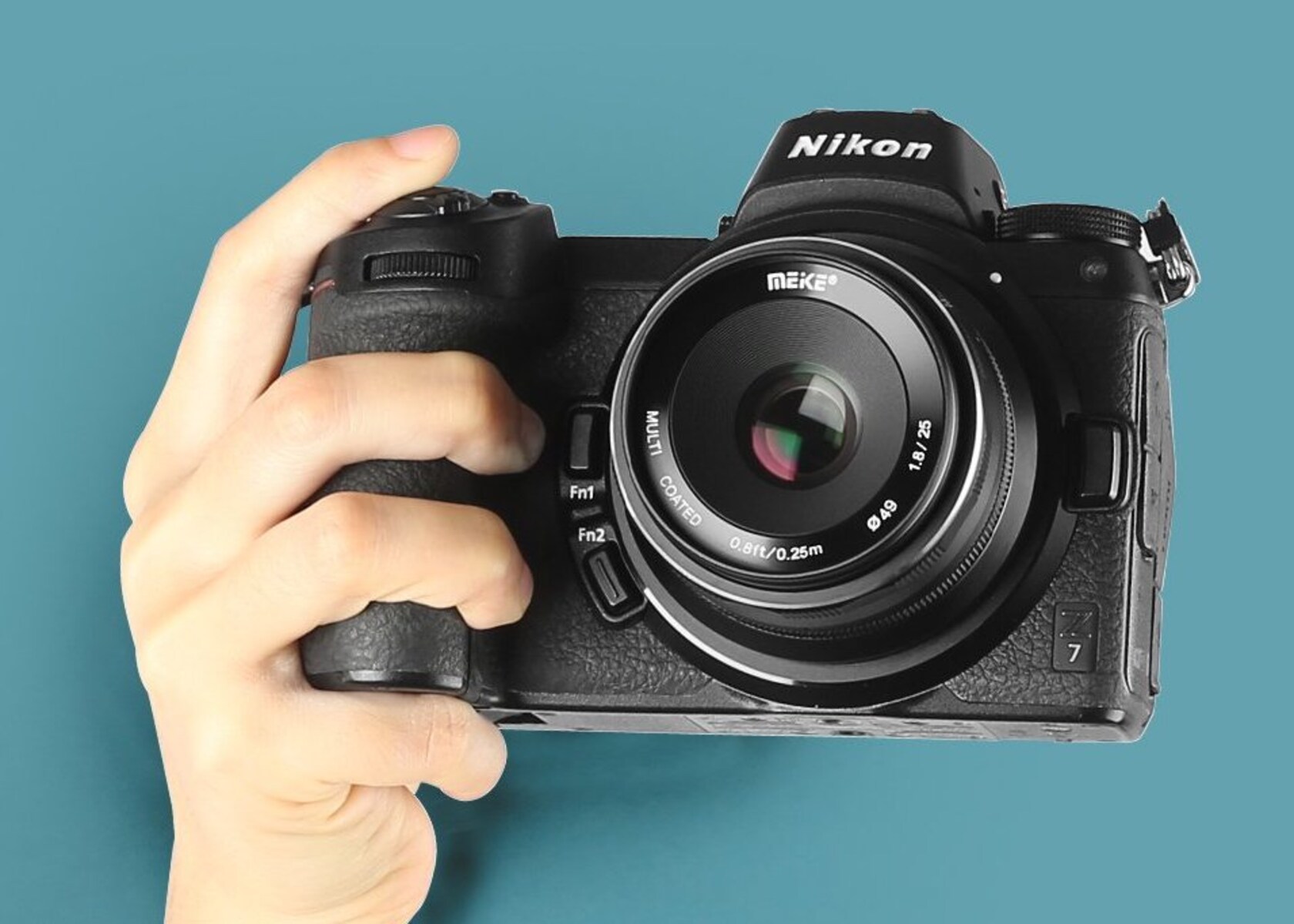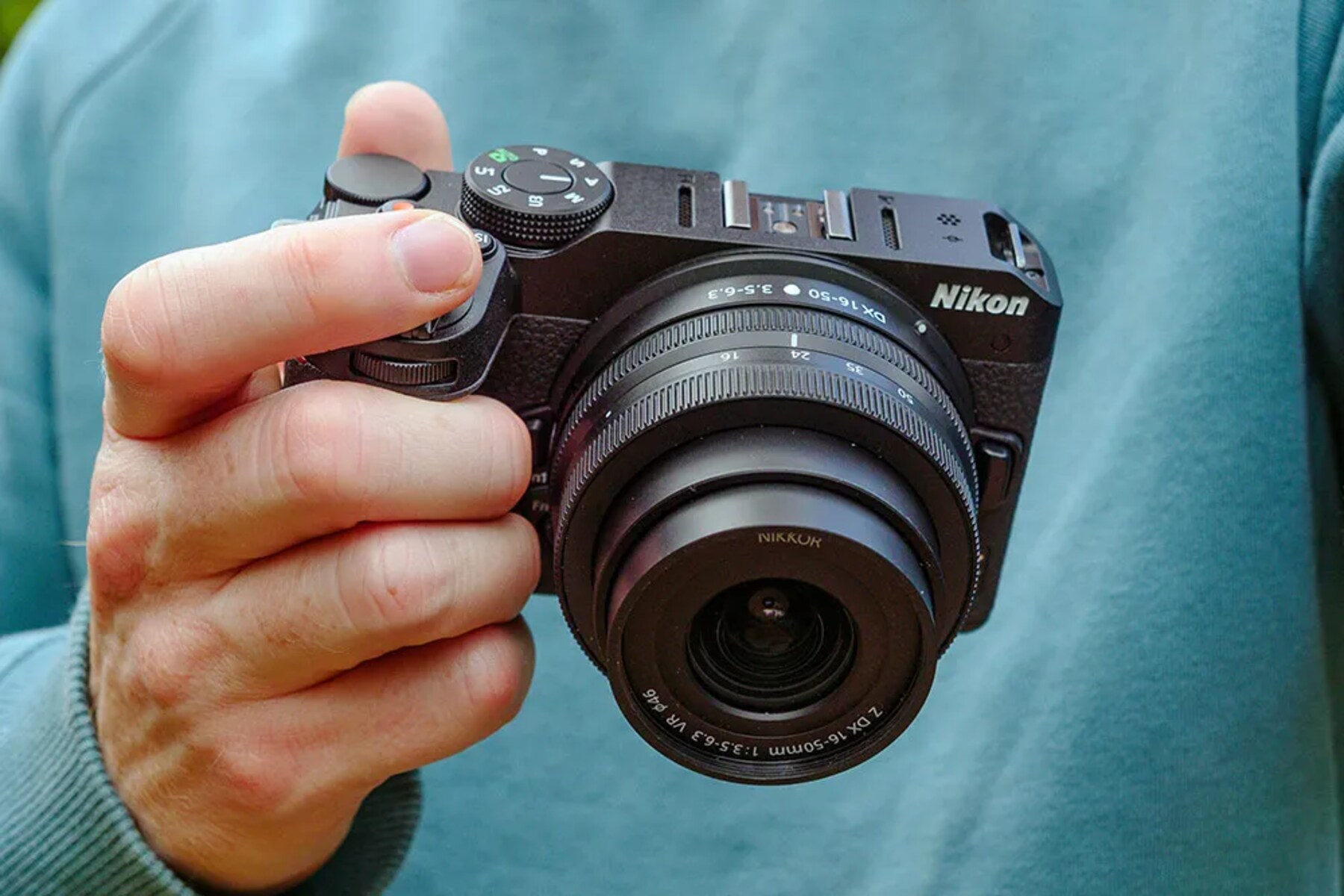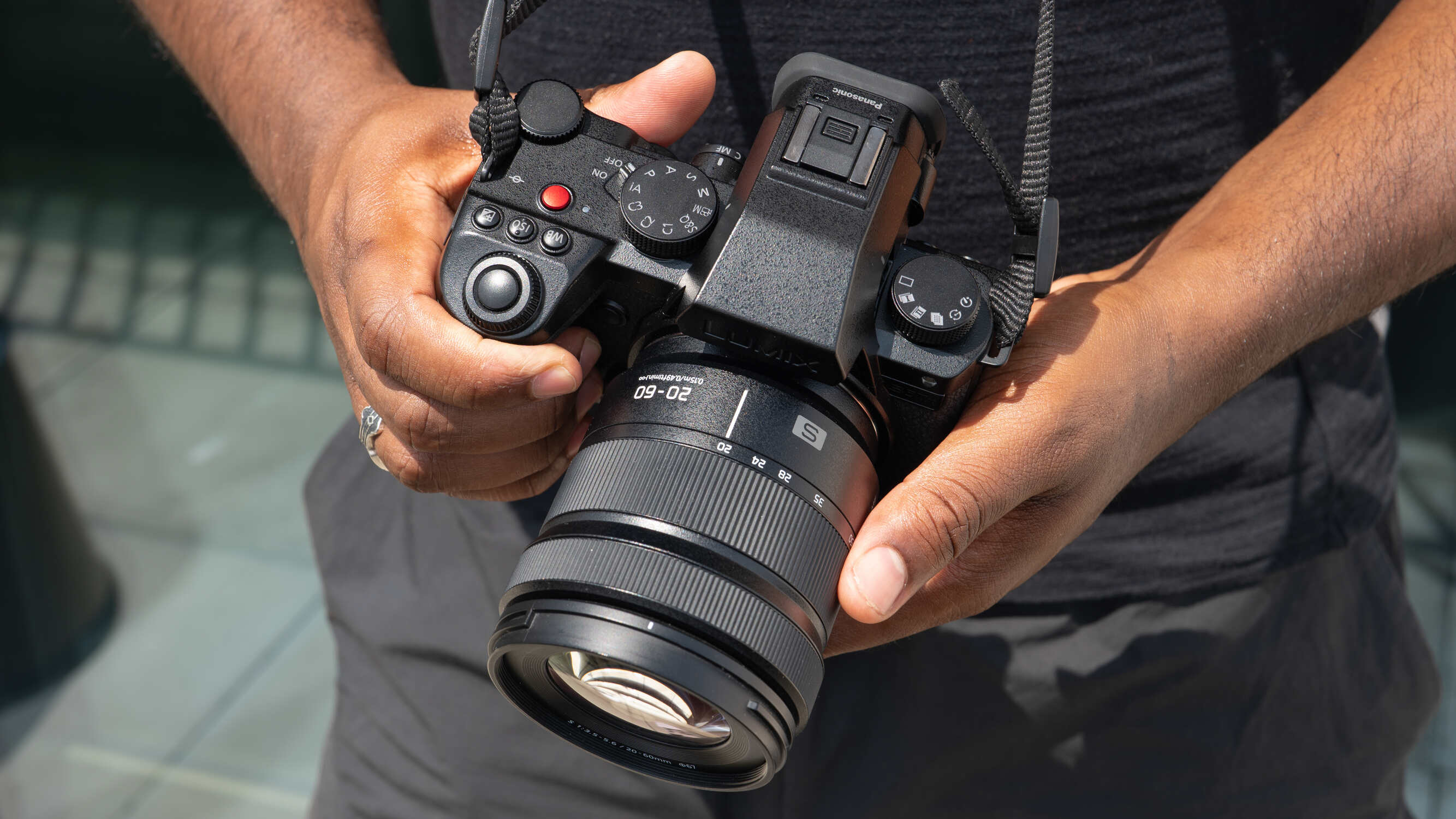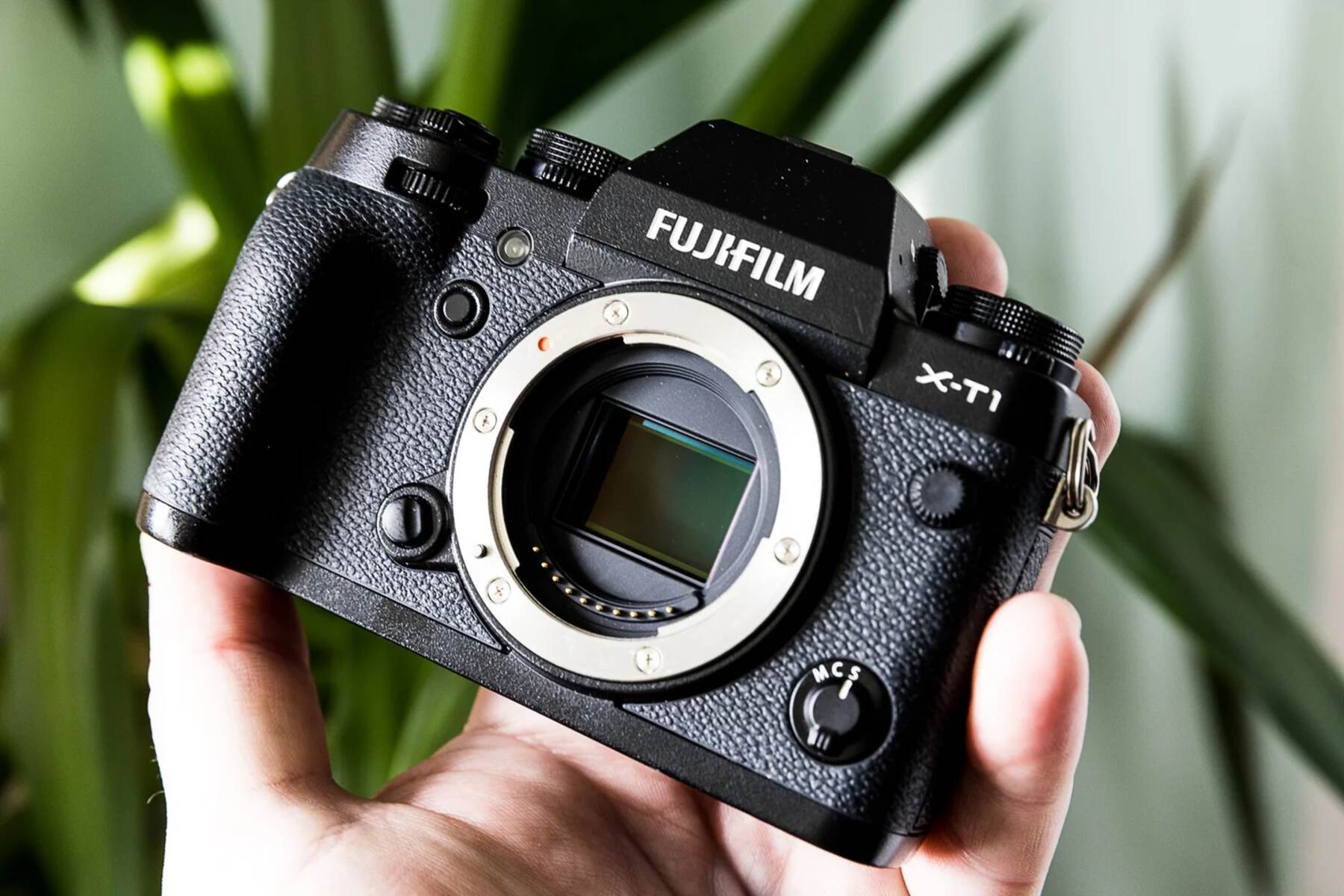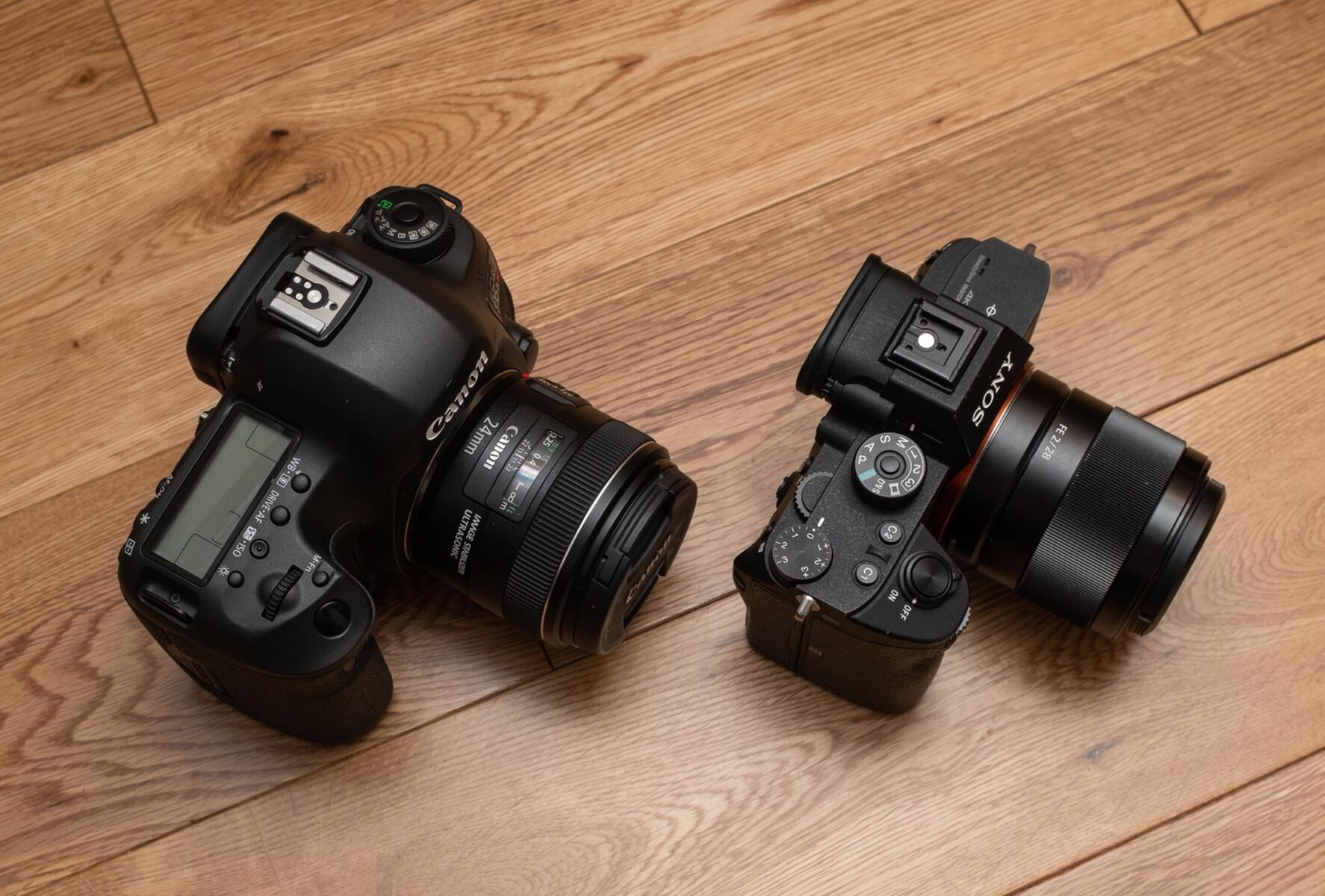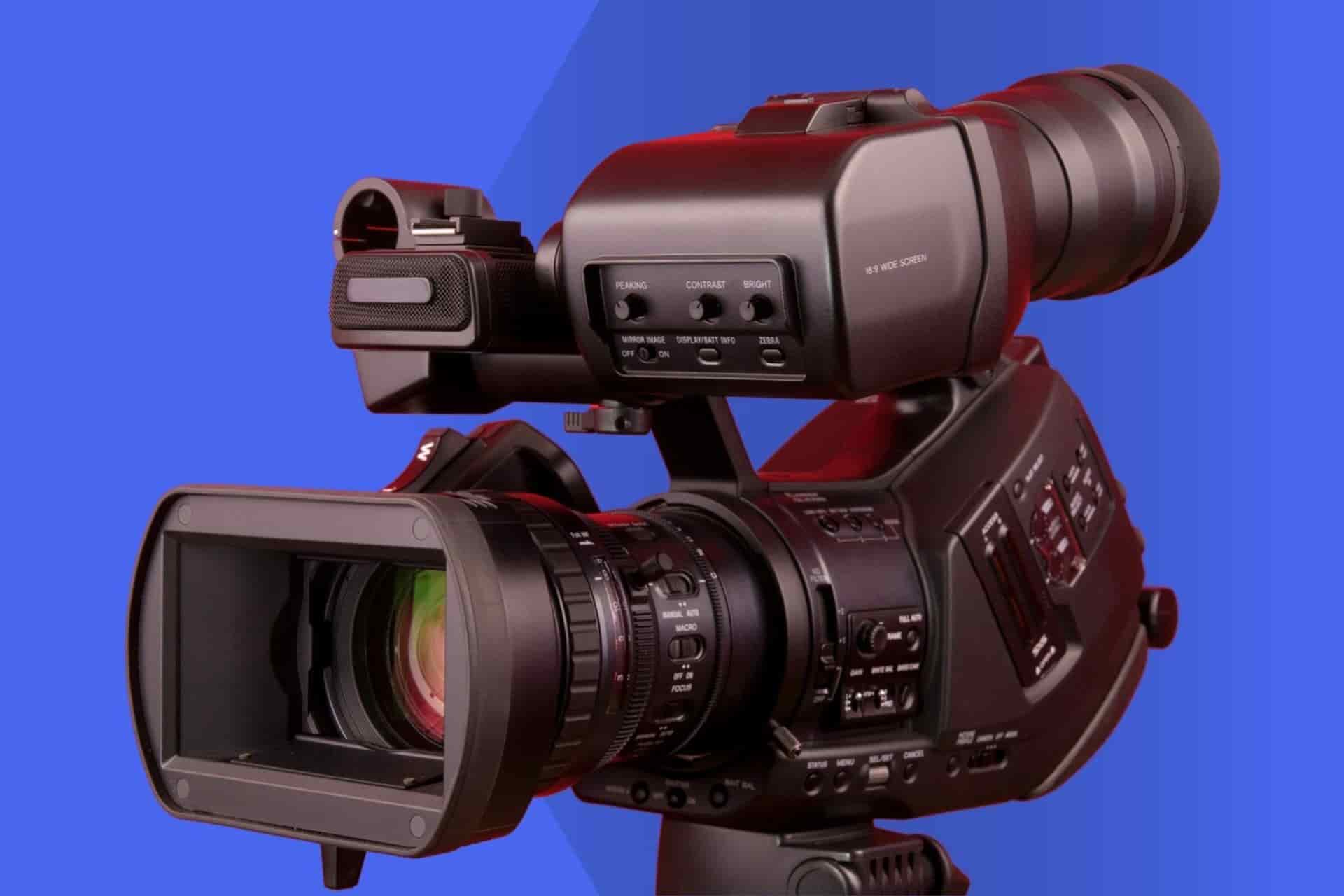Introduction
Welcome to the fascinating world of mirrorless cameras! Whether you are a photography enthusiast or a professional seeking to explore the realm of mirrorless photography, this guide is tailored to help you focus on the essential aspects of using a mirrorless camera effectively. Embracing the compact and versatile nature of mirrorless cameras opens up a realm of creative possibilities, allowing you to capture stunning images with ease and precision.
As you embark on this journey, it's important to understand the unique features and functionalities that set mirrorless cameras apart from their DSLR counterparts. From selecting the right lens to mastering manual settings and leveraging advanced autofocus capabilities, each facet of mirrorless photography contributes to the art of capturing breathtaking images.
Throughout this guide, we will delve into the intricate details of utilizing a mirrorless camera to its full potential. Whether you are a novice looking to grasp the fundamentals or an experienced photographer seeking to refine your skills, this comprehensive resource will equip you with the knowledge and techniques needed to elevate your photography game.
So, grab your mirrorless camera, unleash your creativity, and let's embark on a captivating journey to master the art of photography through the lens of a mirrorless camera.
Understanding Mirrorless Cameras
Before delving into the technical nuances of operating a mirrorless camera, it’s crucial to grasp the fundamental principles that distinguish these innovative devices from traditional DSLRs. Unlike DSLRs, which employ a complex system of mirrors and optical viewfinders, mirrorless cameras feature a streamlined, mirror-free design. This compact construction not only reduces the overall weight and size of the camera but also eliminates the need for a bulky mirror box, resulting in a more portable and lightweight photography solution.
One of the defining characteristics of mirrorless cameras is their electronic viewfinders (EVFs) or LCD screens, which serve as the primary means of framing and composing shots. The absence of a mirror mechanism allows for a more direct and seamless preview of the image, providing real-time feedback on exposure, white balance, and depth of field. This instantaneous visual representation empowers photographers to make informed decisions and adjustments on the fly, enhancing the overall efficiency and precision of the shooting process.
Furthermore, mirrorless cameras leverage advanced sensor technologies, such as the increasingly popular mirrorless interchangeable lens cameras (MILCs), which accommodate a wide array of interchangeable lenses to suit diverse shooting scenarios. This flexibility enables photographers to adapt to varying lighting conditions, focal lengths, and artistic preferences, thereby expanding the creative horizons of their photographic endeavors.
By understanding the core principles and technological innovations that underpin mirrorless cameras, photographers can harness the full potential of these cutting-edge devices. Embracing the compact form factor, intuitive electronic viewfinders, and versatile lens options, mirrorless cameras empower photographers to capture awe-inspiring images with unparalleled convenience and precision.
Selecting the Right Lens
When it comes to mirrorless cameras, the lens selection plays a pivotal role in shaping the visual narrative of your photographs. The versatility and adaptability of mirrorless cameras are epitomized by the diverse range of lenses available, catering to a myriad of photographic styles and genres. Whether you are venturing into portrait photography, landscape vistas, or macro imagery, the right lens can elevate the impact and storytelling prowess of your visuals.
One of the hallmark features of mirrorless cameras is their compatibility with interchangeable lenses, offering photographers the freedom to experiment with various focal lengths, apertures, and optical characteristics. From wide-angle lenses that capture expansive vistas to telephoto lenses that bring distant subjects into sharp focus, the lens selection process is a dynamic and creative endeavor that directly influences the visual narrative of your images.
When delving into the realm of lens selection, it’s essential to consider the specific requirements of your photographic pursuits. For instance, portrait photographers may gravitate towards prime lenses with wide apertures to achieve captivating bokeh and shallow depth of field, accentuating the subject against a soft, dreamy background. On the other hand, landscape photographers may prioritize wide-angle lenses to capture sweeping panoramas and intricate details with exceptional clarity and depth.
Furthermore, the advent of mirrorless technology has spurred the development of compact and lightweight lenses that complement the portable nature of mirrorless camera bodies. This amalgamation of cutting-edge optics and ergonomic design ensures that photographers can seamlessly integrate their preferred lenses into their creative workflow, without compromising on performance or convenience.
By carefully evaluating the visual aesthetics and technical requirements of your photographic endeavors, you can curate a collection of lenses that empowers you to realize your artistic vision with precision and flair. The process of selecting the right lens for your mirrorless camera is an exhilarating journey that amplifies the creative potential and expressive depth of your photographic storytelling.
Mastering Manual Settings
Unlocking the full potential of a mirrorless camera entails mastering the art of manual settings, granting photographers unparalleled control over exposure, aperture, shutter speed, and ISO. Embracing the manual mode empowers photographers to fine-tune each aspect of their photographic composition, resulting in images that encapsulate their artistic vision with precision and nuance.
When delving into manual settings, understanding the interplay between aperture, shutter speed, and ISO is paramount. The aperture dictates the amount of light entering the lens, while also influencing the depth of field and the visual prominence of the subject. By adjusting the aperture, photographers can sculpt the aesthetic qualities of their images, from razor-sharp focus to ethereal bokeh, thereby infusing each photograph with a distinct visual character.
Similarly, mastering shutter speed is instrumental in capturing dynamic motion or freezing fast-paced action. The ability to manipulate the shutter speed grants photographers the creative liberty to convey movement, energy, and emotion within their images, transcending the constraints of static compositions and lending a dynamic dimension to their visual storytelling.
Furthermore, the ISO setting plays a pivotal role in determining the camera’s sensitivity to light, thereby influencing the overall exposure and image quality. By adeptly managing the ISO, photographers can navigate low-light scenarios, minimize digital noise, and preserve the integrity of their visuals, ensuring that each photograph exudes clarity and vibrancy, regardless of the lighting conditions.
Embracing the manual settings of a mirrorless camera fosters a profound understanding of the technical intricacies that underpin the art of photography. This hands-on approach not only cultivates a deeper connection with the photographic process but also empowers photographers to transcend the limitations of automatic modes, unleashing their creativity with unbridled freedom and precision.
Utilizing Autofocus Features
The advanced autofocus capabilities of mirrorless cameras epitomize the seamless fusion of cutting-edge technology and intuitive functionality, revolutionizing the precision and speed at which photographers can capture compelling images. Harnessing the full potential of autofocus features empowers photographers to effortlessly track subjects, achieve pinpoint accuracy, and elevate the overall sharpness and clarity of their photographs.
One of the hallmark advantages of mirrorless cameras is their swift and accurate autofocus systems, which leverage innovative technologies such as phase detection and contrast detection to swiftly lock onto subjects with remarkable precision. This instantaneous focus acquisition enables photographers to seize fleeting moments and fleeting expressions with unparalleled agility, ensuring that every frame is imbued with captivating clarity and detail.
Moreover, the advent of eye detection and subject tracking in mirrorless cameras has redefined the parameters of autofocus functionality, enabling photographers to maintain a razor-sharp focus on subjects, even as they move within the frame. This level of precision and adaptability empowers photographers to capture candid portraits, dynamic action sequences, and spontaneous moments with unwavering sharpness and clarity.
Furthermore, the customizable autofocus settings inherent to mirrorless cameras allow photographers to tailor the focus parameters to suit their specific shooting preferences and subjects. Whether capturing fast-paced sports events, intricate macro details, or expressive portraits, the diverse autofocus modes and settings empower photographers to adapt to a myriad of shooting scenarios with precision and finesse.
By embracing the sophisticated autofocus features of mirrorless cameras, photographers can elevate their imagery to new heights, transcending the constraints of manual focusing and embracing a realm of unparalleled speed, accuracy, and adaptability. This seamless integration of advanced technology and intuitive functionality underscores the transformative impact of autofocus features in amplifying the visual impact and storytelling prowess of every photograph.
Using Electronic Viewfinder (EVF) or LCD Screen
The electronic viewfinder (EVF) and LCD screen of a mirrorless camera serve as the primary windows through which photographers perceive and compose their visual narratives. These integral components not only facilitate real-time visualization of the scene but also provide a platform for precise framing, exposure assessment, and creative exploration. Whether opting for the immediacy of the electronic viewfinder or the versatility of the LCD screen, photographers can harness these viewing tools to craft captivating images with unparalleled precision and artistry.
The electronic viewfinder, a hallmark feature of mirrorless cameras, offers a direct and immersive viewing experience, akin to peering through the lens itself. This real-time representation of the scene empowers photographers to assess exposure, white balance, and composition with exceptional accuracy, fostering a seamless fusion of visualization and execution. The high-resolution displays and adjustable diopter settings of electronic viewfinders ensure that photographers can perceive the scene with remarkable clarity and precision, transcending the limitations of optical viewfinders and embracing a dynamic, technologically enriched means of visual storytelling.
Conversely, the LCD screen of a mirrorless camera provides a versatile platform for image composition and review, catering to a spectrum of shooting scenarios and creative perspectives. The articulating and touch-sensitive nature of LCD screens empowers photographers to explore unconventional angles, execute low-angle or high-angle compositions, and engage in intuitive touch-based controls for seamless navigation and adjustment. This adaptability and user-friendly interface foster a fluid and immersive photographic experience, enabling photographers to express their creativity with unparalleled freedom and spontaneity.
Furthermore, the electronic viewfinder and LCD screen serve as conduits for assessing exposure, depth of field, and focus accuracy, ensuring that photographers can make informed decisions and adjustments in real time. Whether immersing oneself in the immediacy of the electronic viewfinder or embracing the versatility of the LCD screen, these viewing tools empower photographers to capture the essence of a scene with precision and artistry, transcending the constraints of traditional optical viewfinders and fixed-position screens.
By adeptly leveraging the electronic viewfinder and LCD screen of a mirrorless camera, photographers can immerse themselves in the visual narrative, infusing each frame with intention, creativity, and technical precision. This seamless integration of advanced viewing technologies underscores the transformative impact of the electronic viewfinder and LCD screen in elevating the art of photography to new heights of expression and visual storytelling.
Practicing Composition and Framing
Mastering the art of composition and framing is pivotal in harnessing the visual potential of a mirrorless camera. The way in which subjects are arranged within the frame, the use of leading lines, and the consideration of negative space all contribute to the compelling storytelling power of an image. By honing their skills in composition and framing, photographers can imbue their photographs with depth, emotion, and visual impact, transcending the realms of technical precision to evoke a profound narrative resonance.
Understanding the principles of composition, such as the rule of thirds, leading lines, and symmetry, empowers photographers to orchestrate visual harmony within their frames, guiding the viewer’s gaze and imbuing the image with a sense of balance and dynamism. By strategically positioning key elements and subjects within the frame, photographers can instill a sense of narrative depth and visual intrigue, inviting the viewer to engage with the photograph on a profound and emotive level.
Furthermore, the concept of framing plays a pivotal role in encapsulating the essence of a scene, whether through natural elements like archways and foliage or through deliberate framing within the composition. By leveraging framing techniques, photographers can create layers of visual interest, draw attention to the focal point, and imbue the image with a sense of context and narrative significance, elevating the storytelling potential of the photograph.
Moreover, the advent of live view and real-time composition aids in mirrorless cameras facilitates a seamless exploration of diverse framing options and perspectives, empowering photographers to experiment with unconventional angles, dynamic viewpoints, and immersive visual narratives. This interactive and intuitive approach to composition and framing fosters a fluid and exploratory creative process, enabling photographers to infuse their imagery with a sense of spontaneity and artistic depth.
By embracing the principles of composition and framing, photographers can transcend the realms of technical proficiency and harness the emotive and narrative potential of their imagery. This seamless fusion of artistic vision and technical precision underscores the transformative impact of composition and framing in shaping the visual narrative, elevating each photograph to a realm of profound storytelling and visual resonance.
Controlling Depth of Field
Controlling the depth of field is a fundamental aspect of wielding the creative potential of a mirrorless camera, offering photographers the means to sculpt the visual narrative with precision and artistry. The depth of field, determined by the aperture setting, influences the extent to which the scene appears sharp and in focus, thereby shaping the viewer’s perception and emotional engagement with the photograph. By adeptly manipulating the depth of field, photographers can imbue their imagery with a sense of depth, emphasis, and visual poetry, transcending the confines of technical precision to evoke a profound narrative resonance.
One of the hallmark advantages of mirrorless cameras is their capacity to seamlessly integrate real-time depth of field preview, enabling photographers to visualize and assess the impact of varying aperture settings on the final image. This interactive and intuitive approach empowers photographers to experiment with different depths of field, from expansive landscapes with sweeping focus to intimate portraits with ethereal bokeh, fostering a dynamic and exploratory creative process.
The aperture setting, denoted by the f-stop value, serves as the primary tool for controlling depth of field, allowing photographers to regulate the amount of light entering the lens while also dictating the extent of foreground-to-background sharpness within the frame. By deftly adjusting the aperture, photographers can orchestrate a visual symphony of selective focus, leading the viewer’s gaze and imbuing the image with a sense of narrative depth and emotive resonance.
Furthermore, the versatile range of lenses available for mirrorless cameras, encompassing wide-angle, standard, and telephoto options, provides photographers with a spectrum of creative possibilities for manipulating depth of field. Whether capturing expansive vistas with sweeping focus or isolating subjects against a dreamy, blurred background, the lens selection plays a pivotal role in shaping the visual narrative and emotive impact of the photograph, underscoring the symbiotic relationship between optical precision and artistic expression.
By adeptly controlling depth of field, photographers can transcend the realms of technical proficiency and harness the emotive and narrative potential of their imagery. This seamless fusion of artistic vision and technical precision underscores the transformative impact of depth of field in sculpting the visual narrative, elevating each photograph to a realm of profound storytelling and visual resonance.
Managing Low Light Situations
Navigating low light scenarios is a quintessential skill for photographers, and mastering this aspect with a mirrorless camera opens up a realm of creative possibilities. Whether capturing the subtle interplay of light and shadow in dimly lit environments or seizing the luminous allure of nightscapes, adeptly managing low light situations empowers photographers to evoke mood, drama, and visual intrigue within their imagery.
One of the defining advantages of mirrorless cameras lies in their capacity to excel in low light conditions, owing to their advanced sensor technologies and low-light performance. The high ISO capabilities of mirrorless cameras enable photographers to capture compelling images in challenging lighting environments, preserving detail and minimizing noise even in dimly illuminated scenes.
Furthermore, the advent of image stabilization systems in mirrorless cameras enhances the handheld shooting experience in low light, mitigating the effects of camera shake and enabling photographers to capture sharp, compelling images without the need for cumbersome tripods or additional support. This seamless integration of stabilization technology empowers photographers to explore low light scenarios with confidence and creative freedom, transcending the constraints of traditional shooting environments.
Additionally, the wide array of fast lenses available for mirrorless cameras, characterized by wide apertures and exceptional light-gathering capabilities, equips photographers with the tools to thrive in low light conditions. These high-performance lenses enable photographers to achieve exquisite bokeh, isolate subjects against defocused backgrounds, and capture scenes with remarkable clarity and depth, thereby elevating the visual impact and emotive resonance of their low light imagery.
By adeptly managing low light situations, photographers can transcend the technical constraints and evoke a profound narrative resonance within their imagery. This seamless fusion of technical precision and artistic vision underscores the transformative impact of low light management in shaping the visual narrative, imbuing each photograph with a sense of atmospheric allure and emotive depth.
Post-Processing Techniques
Post-processing serves as the digital darkroom for photographers, offering a realm of creative possibilities to refine and elevate their imagery captured with a mirrorless camera. From fine-tuning exposure and color balance to applying artistic filters and adjustments, adeptly wielding post-processing techniques empowers photographers to imbue their photographs with a distinct visual character and emotive resonance, transcending the boundaries of the original capture to evoke a profound narrative depth.
One of the hallmark advantages of mirrorless cameras lies in their capacity to capture images in RAW format, preserving a wealth of detail and dynamic range for subsequent post-processing. This raw data serves as a digital canvas, affording photographers the opportunity to sculpt and refine their imagery with precision and artistry, harnessing the full potential of each photograph beyond the confines of the initial capture.
Furthermore, the advent of intuitive and powerful editing software tailored for mirrorless cameras enables photographers to seamlessly navigate a spectrum of post-processing tools and adjustments. From localized retouching to global tonal enhancements, these software platforms provide a comprehensive suite of features that cater to the diverse needs and creative visions of photographers, fostering a fluid and immersive post-processing experience.
Moreover, the art of post-processing extends beyond technical refinements, encompassing the realm of creative expression and visual storytelling. By applying selective adjustments, creative filters, and nuanced tonal manipulations, photographers can imbue their imagery with a distinct mood, atmosphere, and emotive resonance, elevating each photograph to a realm of profound visual storytelling and artistic depth.
By adeptly wielding post-processing techniques, photographers can transcend the technical constraints of the original capture and evoke a profound narrative resonance within their imagery. This seamless fusion of technical precision and artistic vision underscores the transformative impact of post-processing in shaping the visual narrative, imbuing each photograph with a sense of emotive depth and visual allure.







